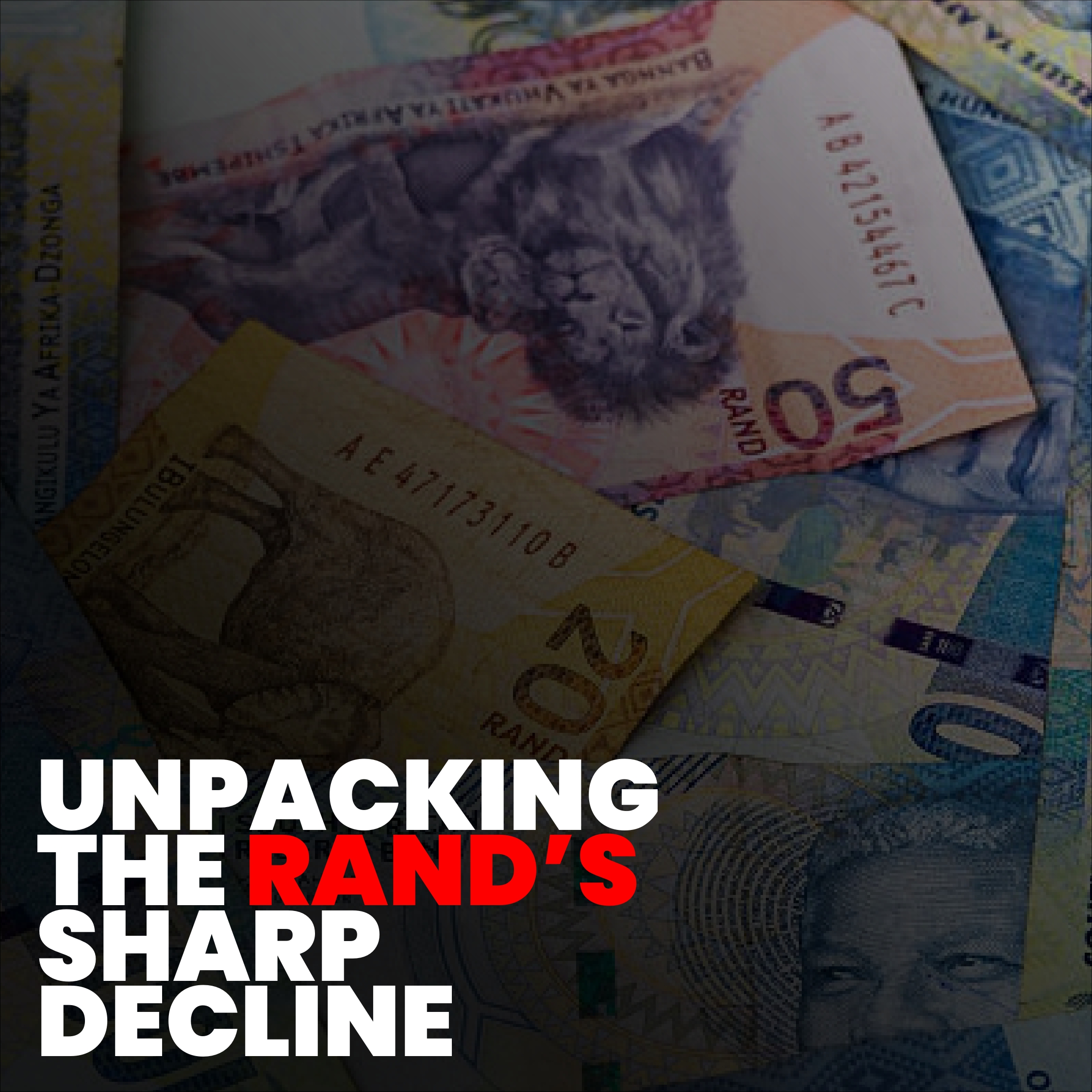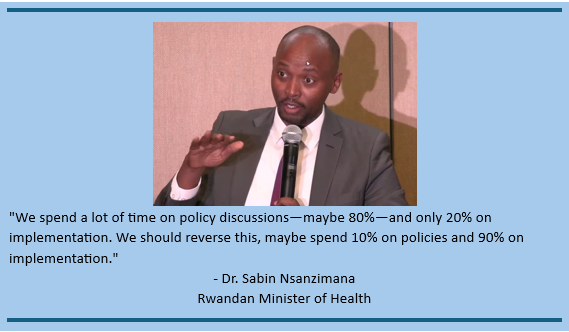Rand Weakens: An Overview of the South African Currency Crisis
The South African rand has faced significant depreciation in recent times, sparking concern among economists, businesses, and citizens alike. The rand weakens for a variety of reasons, ranging from external economic factors to domestic issues such as political instability and inflation. In this article, we will delve into the key reasons why the rand is struggling and explore how these factors intertwine to cause its continued decline.
Understanding the dynamics behind why the rand weakens is essential for businesses, investors, and policymakers to navigate the ongoing challenges and make informed decisions about South Africa’s economic future.
Rand Weakens: The Dominance of the US Dollar in Global Markets
A primary reason why the rand weakens is the dominance of the US dollar in the global economy. The US dollar is considered a safe-haven currency, especially in times of global uncertainty. When global market conditions fluctuate or become volatile, investors often flock to the dollar for security, which drives up its value and causes other currencies, like the rand, to depreciate.
The strength of the US dollar is especially noticeable when the Federal Reserve increases interest rates to combat inflation, which attracts foreign capital to US assets. This capital inflow makes the dollar even stronger, leaving emerging market currencies, such as the rand, at a disadvantage.
Rand Weakens: The Impact of Commodity Price Movements
South Africa’s economy is highly dependent on exports of commodities, such as gold, platinum, and coal. When global commodity prices fall, the value of the rand typically declines as well. This is because lower commodity prices reduce the country’s export revenues, which in turn weakens the rand.
Conversely, when commodity prices rise, the rand tends to strengthen. However, this relationship creates volatility for the rand weakens trend, as South Africa remains exposed to fluctuations in global markets. The lack of diversification in the economy means that global demand for these key resources directly influences the rand’s value.
Rand Weakens: Political Instability and Investor Sentiment
Political instability is a major contributor to the rand weakens phenomenon. Political uncertainty, corruption scandals, and changing government policies can deter investors, causing them to withdraw their capital from the country. As investors look for more stable markets, they move away from South Africa, leading to a weaker currency.
When there is uncertainty surrounding the direction of government policies, the rand weakens as a result of the growing perception of risk. Investors prefer more stable and predictable environments, and South Africa’s political instability creates concerns about the future of the country’s economy.
Rand Weakens: Inflation and Its Economic Consequences
Inflation is another key driver behind the rand weakens scenario. South Africa has experienced rising inflation in recent years, leading to a decrease in the purchasing power of the rand. As the cost of goods and services rises, it becomes more difficult for businesses and consumers to afford imported products.
The South African Reserve Bank may raise interest rates to curb inflation, but high inflation can continue to erode confidence in the rand. This creates a vicious cycle: as inflation rises, the rand weakens, which leads to higher inflation and further depreciation of the currency.
Rand Weakens: Global Trade Disruptions and South Africa’s Exposure
Global trade disruptions, including trade wars, sanctions, and other economic tensions between major economies, have exacerbated the rand weakens trend. South Africa, as an export-driven economy, is particularly vulnerable to shifts in global trade dynamics.
When trade barriers increase or key trading partners experience economic slowdowns, South Africa’s exports can decline, weakening the demand for the rand. The rand weakens as trade relationships become strained, and businesses in South Africa struggle to access international markets, leading to lower revenues and further currency depreciation.
Rand Weakens: The Impact of South Africa’s Debt and Deficit
South Africa’s high levels of public debt and budget deficits have also contributed to the rand weakens trend. When the government borrows heavily to finance its deficits, it can lead to concerns about fiscal stability. Investors, in turn, may worry about the government’s ability to repay its debt, which can result in the rand weakening.
Rising debt levels can signal economic instability, making South Africa a less attractive destination for foreign investment. As foreign capital exits the country, the rand weakens, and the government faces increasing challenges in financing its debt obligations.
Rand Weakens: Economic Growth Challenges and Investor Confidence
South Africa has faced slow economic growth in recent years, with unemployment rates remaining high and structural issues persisting within the economy. These economic challenges, combined with other factors such as inflation and political instability, have led to reduced investor confidence in the country’s future.
A lack of economic growth and low investor confidence contribute to a weakened rand, as capital flows out of South Africa in search of more attractive and stable markets. The longer the country struggles with economic stagnation, the more difficult it becomes to reverse the rand weakens trend.
Rand Weakens: Possible Solutions to Strengthen the Currency
To address the rand weakens issue, South Africa will need to implement a combination of policies and reforms. One approach is to diversify the economy away from its reliance on commodity exports. By investing in sectors such as technology, services, and manufacturing, South Africa can reduce its vulnerability to commodity price fluctuations.
Additionally, improving political stability, enhancing governance, and addressing inflation will help restore investor confidence. By stabilizing the country’s economic fundamentals, South Africa can work to reverse the trend of a weakened rand and create a more resilient currency.
FAQs
Q1: What causes the rand to weaken against the US dollar?
The rand weakens due to global factors such as the strength of the US dollar, as well as domestic factors like political instability, inflation, and commodity price fluctuations.
Q2: How does inflation affect the weakening of the rand?
High inflation in South Africa reduces the purchasing power of the rand, leading to decreased investor confidence and contributing to the rand weakens trend.
Q3: Can South Africa prevent the rand from weakening further?
South Africa can stabilize the rand by improving political stability, addressing inflation, diversifying its economy, and reducing its reliance on commodity exports.
Conclusion
The rand weakens due to a combination of domestic and global factors, including the strength of the US dollar, political instability, inflation, and the reliance on commodity exports. While these challenges pose significant risks to South Africa’s economy, there are opportunities for the country to stabilize its currency through strategic reforms and policy changes. By addressing economic and political issues, South Africa can create a more stable environment that may eventually reverse the rand weakens trend and restore investor confidence.




